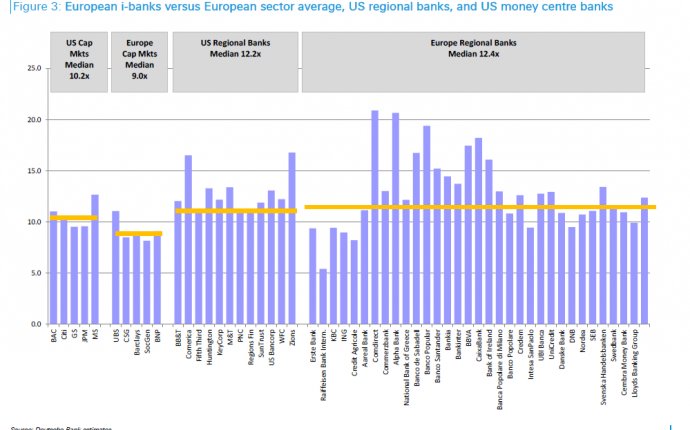
What is Underwriting in investment Banking?
Underwriting is the process by which investment bankers raise investment capital from investors on behalf of corporations and governments that are issuing either equity or debt securities. The word "underwriter" originally came from the practice of having each risk-taker write his name under the total amount of risk he was willing to accept at a specified premium. This centuries-old practice continues, in a way, as new issues are usually brought to market by an underwriting syndicate, in which each firm takes the responsibility, as well as the risk, of selling its specific allotment.
BREAKING DOWN 'Underwriting'
Underwriters also research and assess the risk each applicant presents. This helps to create the market for securities by accurately pricing risk and setting fair premium rates that adequately cover the true cost of insuring policyholders. If a specific applicant's risk is deemed to be too high, underwriters may refuse to cover it.
Underwriting Risk
Insurance is the most common example of underwriting that most people encounter. In order for insurance to work well, risk has to be spread out among as many people as possible. Underwriting helps insurance companies manage the risk that too many policyholders will file claims at once by spreading out the risk among outside investors. Once an underwriter has been found for a given policy, the capital the underwriter puts up at the time of investment acts as a guarantee that the claim can be paid, which allows the company to issue more insurance to other customers. In exchange for taking on this risk, the underwriter is entitled to payments drawn from the policyholder's premiums.









